Last week my friend Andy Kern (a population geneticist at Rutgers) went on a bit of a bender on Twitter prompted by his discovery of PLOS’s IRS Form 990 – the annual required financial filing of non-profit corporations in the United States. You can read his string of tweets and my responses, but the gist of his critique is this: PLOS pays its executives too much, and has an obscene amount of money in the bank.
Let me start by saying that I understand where his disdain comes from. Back when we were starting PLOS we began digging into the finances of the scientific societies that were fighting open access, and I was shocked to see how much money they were sitting on and how much their CEOs get paid. If I weren’t involved with PLOS, and I’d stumbled upon PLOS’s Form 990 now, I’d have probably raised a storm about it. I have absolutely no complaints about Andy’s efforts to understand what he was seeing – non-profits are required to release this kind of financial information precisely so that people can scrutinize what they are doing. And I understand why Andy and others find some of the info discomforting, and share some of his concerns. But having spent the last 15 years trying to build PLOS and turn it into a stable enterprise, I have a different perspective, and I’d like to explain it.
Let me start with something on which I agree completely with Andy completely, science publishing is way too expensive. Andy says he originally started poking into PLOS’s finances because he wanted to know where the $2,250 he was asked to pay to publish in PLOS Genetics went to, as this seemed like a lot of money to take a paper, have a volunteer academic serve as editor, find several additional volunteers to serve as peer reviewers, and then, if they accept the paper, turn it into a PDF and HTML version and publish it online. And he’s right. It is too much money.
That $2,250 is only about a third of the $6,000 a typical subscription journal takes in for every paper they publish, and that $6,000 buys access for only a tiny fraction of the world’s population, while the $2,250 buys it for everyone. But $2,250 is still too much, as is the $1,495 at PLOS ONE. I’ve always said that our goal should be to make it cost as little as possible to publish, and that our starting point should be $0 a paper.
The reality is, however, that it costs PLOS a lot more than $0 to handle a paper. We handle a lot of papers – close to 200 a day – each one different. There’s a lot of manual labor involved in making sure the submission is complete, that it passes ethical and technical checks, in finding an editor and reviewers and getting them to handle the paper in a timely and effective manner. It then costs money to turn the collection of text and figures and tables into a paper, and to publish it and maintain a series of high-volume websites. All together we have a staff of well over 100 people running our journal operations, and they need to have office space, people to manage them, an HR system, an accounting system and so on – all the things a business has to have. And for better or worse our office is in San Francisco (remember that two of the three founders were in the Bay Area, and we couldn’t have started it anywhere else), which is a very expensive place to operate. We have always aimed to keep our article processing charges (APCs) as low as possible – it pains me every time we’ve had to raise our charges, since I think we should be working to eliminate APCs, not increase them. But we have to be realistic about what publishing costs us.
The difference in price between our journals reflects different costs. PLOS Biology and PLOS Medicine have professional editors handling each manuscript, so they’re intrinsically more expensive to operate. They also have relatively low acceptance rates, meaning a lot of staff time is spent on rejected papers, which generate no revenue. This is also the reason for the difference in price between our community journals like PLOS Genetics and PLOS ONE: the community journals reject more papers and thus we have to charge more per accepted paper. It might seem absurd to have people pay to reject other people’s papers, but if you think about it, that’s exactly what makes selective journals attractive – they have to publish your paper and reject lots of others. I’ve argued for a long time that we should do away with selective journals, but so long as people want to publish in them, they’re going to have this weird economics. And note this is not just true of open access journals – higher impact subscription journals bring in a lot more money per published paper than low impact subscription journals, for essentially the same reason.
Could PLOS do all these things more efficiently, more effectively and for less money? Absolutely. We, like most other big publishers, are using legacy software and systems to handle submissions, manage peer review and convert manuscripts into published papers. These systems are, for the most part, expensive, outdated and difficult or expensive (usually both) to customize. We are in a challenging situation since, until very recently, we weren’t in a position to develop our own systems for doing all these things, and we couldn’t just switch to cheaper or free system since they weren’t built to handle the volume of papers we deal with.
That said, it’s certainly possible to run journals much, much more cheaply. It costs the physics pre-print arXiv something like $10 a paper to maintain its software, screening and website. There are times when I wish PLOS had just hacked together a bunch of Perl scripts and hung out a shingle and built in new features as we needed them. But part of what made PLOS appealing at the start is that it didn’t work that way – for better or worse it looked like a real journal, and this was one of the things that made people comfortable with our (at the time) weird economic model. I’m not sure this is true anymore, and if I were starting PLOS today I would do things differently, and think I could do things much less expensively. I would love it if people would set up inexpensive or even free open access biology journals – it’s certainly possible with open source software and fully volunteer labor – and for people to get comfortable with biomedical publishing basically being no different than just posting work on the Internet, with lightweight systems for peer review. That has always seemed to me to be the right way to do things. But PLOS can’t just pull the plug on all the things we do, so we’re trying to achieve the same goal by investing in developing software that will make it possible to do all of the things PLOS does faster, better and cheaper. We’re going to start rolling it out this year, and, while I don’t run PLOS and can’t speak for the whole board, I am confident that this will bring our costs down significantly and that we will ultimately be in a position to reduce prices.
Which brings us to issue number two. Andy and a lot of other people took umbrage at the fact that PLOS has margins of 20% and has ~$25 million dollars in assets. Again, I understand why people look at these numbers and find them shocking – anything involving millions of dollars always seems like a lot of money. But this is a misconception. Both of these numbers represent nothing more than what is required for PLOS to be a stable enterprise.
I’ll start by reminding people that PLOS is still a relatively young company, working in a rapidly changing industry. Like most startups, it took a long time for PLOS to break even. For the first nine years of our existence we lost money every year, and were able to build our business only because we got strong support from foundations that believed in what we were doing. Finally, in 2011, we reached the point where we were taking in slightly more money than we were spending, allowing us to wean ourselves of foundation support. But we still had essentially no money in the bank, and that’s not a good thing. Good operating practices for any business dictate that the company have money in the bank to cover a downturn in revenue. This is particularly the case with open access publishers, since we have no guaranteed revenue stream – in contrast to subscription publishers who make long-term subscription deals. What’s more, this industry is changing rapidly, with the number of papers going to open access journals growing, but many new open access publishers entering the market. So it’s very hard for us to predict what our business is going to look like from year to year, while a lot of our expenses, like rent, software licenses and salaries, have to be paid before revenue they enable comes in. The only way to survive in this market is to have a decent amount of money in the bank to buffer against the unpredictable. If anything, I am told by people who spend their lives thinking about these things, we’re cutting things a little close. So, while 20% margins may seem like a lot, given our overall financial situation and the fact that we’ve been profitable for only five years, I think it’s actually a reasonable compromise between keeping costs as low as we can and ensuring that PLOS remains financially stable while also allowing us to make modest investments in technology that will make publishing better and cheaper in the long run.
Just to put these numbers in perspective for people who (like me) aren’t trained to think about these things, I had a look at the finances of a large set of scientific societies. I looked primarily at the members of FASEB, a federation of most of the major societies in molecular biology. Many of them have larger operating margins, and far larger cash reserves than PLOS. And I haven’t found one yet that doesn’t have a larger ratio of assets to expenses than PLOS does. And these are all organizations that have far more stable revenue streams than PLOS does. So I just don’t think it’s fair to suggest that either PLOS’s margins or reserves are untoward.
Indeed these numbers represent something important – that PLOS has become a successful business. I’ll once again remind people that one of the major knocks against open access when PLOS started was that we were a bunch of naive idealists (that’s the nicest way people put it) who didn’t understand what it took to run a successful business. Commercial publishers and societies alike argued repeatedly to scientists, funders and legislators that the only way to make money in science publishing was to use a subscription model. So it was absolutely critical to the success of the open access movement that PLOS not only succeed as a publisher, but that we also succeed as a business – to show the commercial and society publishers that their principal argument for why they refused to shift to open access was wrong. Having been the recipient of withering criticism – both personally and and as organization – about being too financially naive, it’s ironic and a bit mind boggling to all of a sudden be criticized for having created too good of a business.
Now despite that, I don’t want people to confuse my defense of PLOS’s business success with a defense of the business it’s engaged in. While I believe the APC/service business model PLOS has helped to develop is far far superior to the traditional subscription model, because it does not require paywalls, but I’ve never been comfortable with the APC business model in an absolute sense (and I recognize the irony of my saying that) because I wish science publishing weren’t a business at all. When we started PLOS the only way we had to make money was through APCs, but if I had my druthers we’d all just post papers online in a centralized server funded and run by a coalition of governments and funders, and scientists would use lightweight software to peer review published papers and organize the literature in useful ways. And no money would be exchanged in the process. I’m glad that PLOS is stable and has shown the world that the APC model can work, but I hope that we can soon move beyond it to a very different system.
Now I want to end on the issue that seemed to upset people the most – which is the salaries of PLOS’s executives. I am immensely proud of the executive team at PLOS – they are talented and dedicated. They make competitive salaries – and we’d have trouble hiring and retaining them if they didn’t. The board has been doing what we felt we had to do to build a successful company in the marketplace we live in – after all, we were founded to fix science publishing, not capitalism. But as an individual I can’t help but feel that’s a copout. The truth is the general criticism is right. A system where executives make so much more money that the staff they supervise isn’t just unfair, it’s ultimately corrosive. It’s something we all have to work to change, and I wish I’d done more to help make PLOS a model of this.
Finally, I want to acknowledge a tension evident in a lot of the discussion around this issue. Some of the criticism of PLOS – especially about margins and cash flow – have been just generally unfair. But others – about salaries and transparency – reflect something important. I think people understand that in these ways PLOS is just being a typical company. But we weren’t founded to just be a typical company – we were founded to be different and, yes, better, and people have higher expectations of us than they do a typical company. I want it to be that way. But PLOS was also not founded to fail – that would have been terrible for the push for openness in science publishing.I am immensely proud of PLOS’s success as a publisher, agent for change, and a business – and of all the people inside and outside of the organization who helped achieve it. Throughout PLOS’s history there were times we had to choose between abstract ideals and the reality of making PLOS a successful business, and I think, overall, we’ve done a good, but far from perfect, job of balancing this tension. And moving forward I personally pledge to do a better job of figuring out how to be successful while fully living up to those ideals.
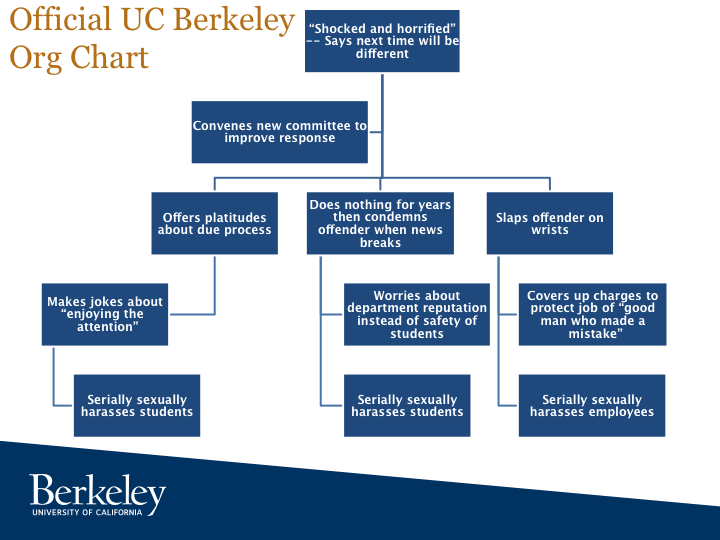

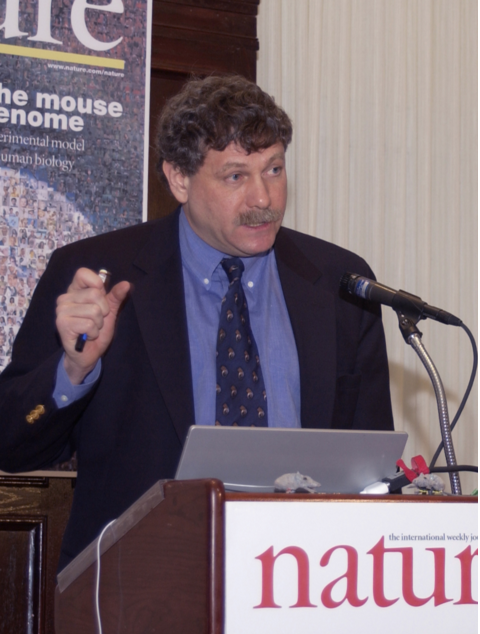








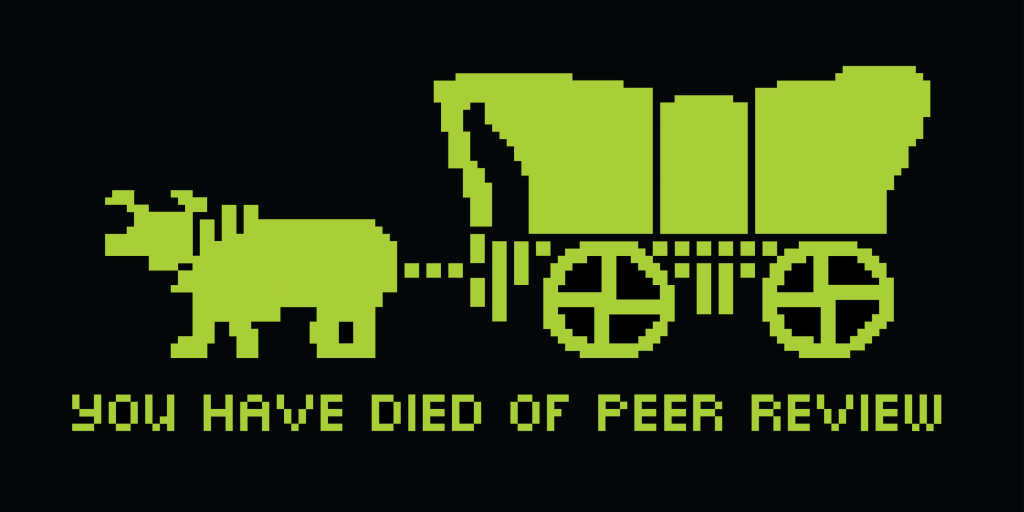

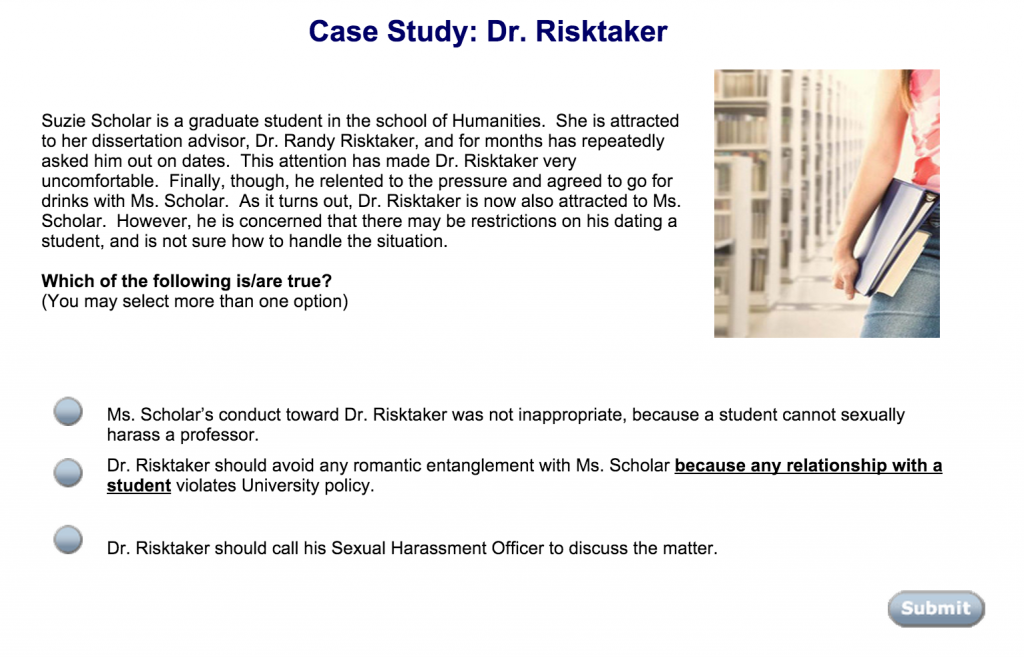
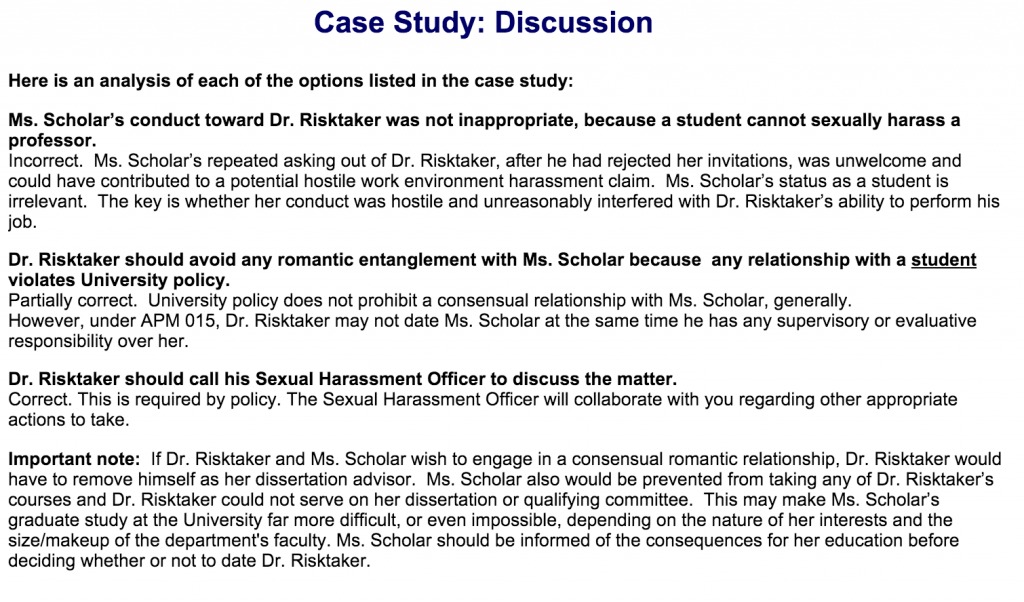
 I'm a biologist at UC Berkeley and an Investigator of the Howard Hughes Medical Institute. I work primarily on flies, and my research encompases evolution, development, genetics, genomics, chemical ecology and behavior. I am a strong proponent of open science, and a co-founder of the
I'm a biologist at UC Berkeley and an Investigator of the Howard Hughes Medical Institute. I work primarily on flies, and my research encompases evolution, development, genetics, genomics, chemical ecology and behavior. I am a strong proponent of open science, and a co-founder of the 